Simple Care and Keeping of a Wooden Cutting Board
Perhaps you’ve noticed in my recipe pictures as well as my YouTube videos that I only use a wooden cutting board. The truth is, I used to use plastic and ONLY plastic, but I ditched it. For good reason too. Here’s why I ditched my plastic and why I’m even happier using my wooden cutting boards these days.

Everybody tends to have one somewhere in their cabinets. Or maybe after so many years they’ve given up and sent them to Goodwill. The truth is, wood is beautiful and eco friendly. It’s also intimidating because “What? “We have to oil this thing?!”
That was my thought as well as, “Is this thing a germ carrier?!”
Give me a minute and I will put all your worries to rest. I’ll spill the beans on three common myths and share the best way to keep your wooden cutting boards in good condition for years to come.
Myth #1: Wooden Cutting Boards Carry Bacteria
My first concern with using wood was that it may hold and grow bacteria. Looking back, I remember feeling like I could clean my plastic cutting board well. When it came to the wood though, I was unsure of myself. I felt concerned that bacteria may hide in crevices (though I don’t know why I wasn’t worried about this with plastic!).
Then my husband made me a beautiful wooden cutting board and I loved it. I’d seen so many other people decorate with or use wood in their kitchens. I began to do some research. What I found astounded me.
In this study I found on the pubmed website, researchers rubbed contaminated chicken juice or broth on both wood and plastic cutting boards. This is what they found.
Fewer bacteria were generally recovered from wooden blocks than from plastic blocks. Clean wood blocks rapidly absorbed all of the inoculum (bacteria), after which the bacteria could not be recovered within 3 to 10 min.
Cutting Boards of Plastic and Wood Contaminated Experimentally with Bacteria, Nese O Ak 1 2, Dean O Cliver 1 3, Charles W Kaspar 1
Even when a wooden cutting board is left COVERED in Chicken fat and left for 12 hours in a highly humid environment to encourage bacterial growth; it won’t always produce bacteria! Researchers had to work hard to get it to grow on the wood! According to researchers, the bacteria “numbers were reduced by at least 98%, and often more than 99.9%.”
Hot water and detergent “generally worked” to remove the bacteria no mater what kind of wood or how old.
They also mention that when bacteria was left on plastic, it “would multiply if held overnight.”
Another study done in late 2020, showed the power of wood in fighting off the dreaded illness that was spreading like fire.
Coronaviruses, too, lose their contagiousness fairly rapidly on a wooden surface, compared to something like plastics.
wbpionline.com
All in all, wood shows itself to be a great asset for fighting germs in the kitchen!

Myth #2: You Must Use Bleach to Keep them Clean
You may have already guessed that bleach is not needed due to the high antibacterial qualities in wood.
In addition to this, bleach may also strip fibers in the wood, breaking it down. I wouldn’t recommend this as a way to support the long life of your wooden cutting board. Trust nature. God made it with it’s own protective abilities.
Yes, you do still want to clean your board and I’ll share how I do this! Which brings me to the next myth…
Myth #3: Cleaning is Inconvenient and Difficult
The truth about cleaning wooden cutting boards is that you may not need to completely clean them as much as you think.
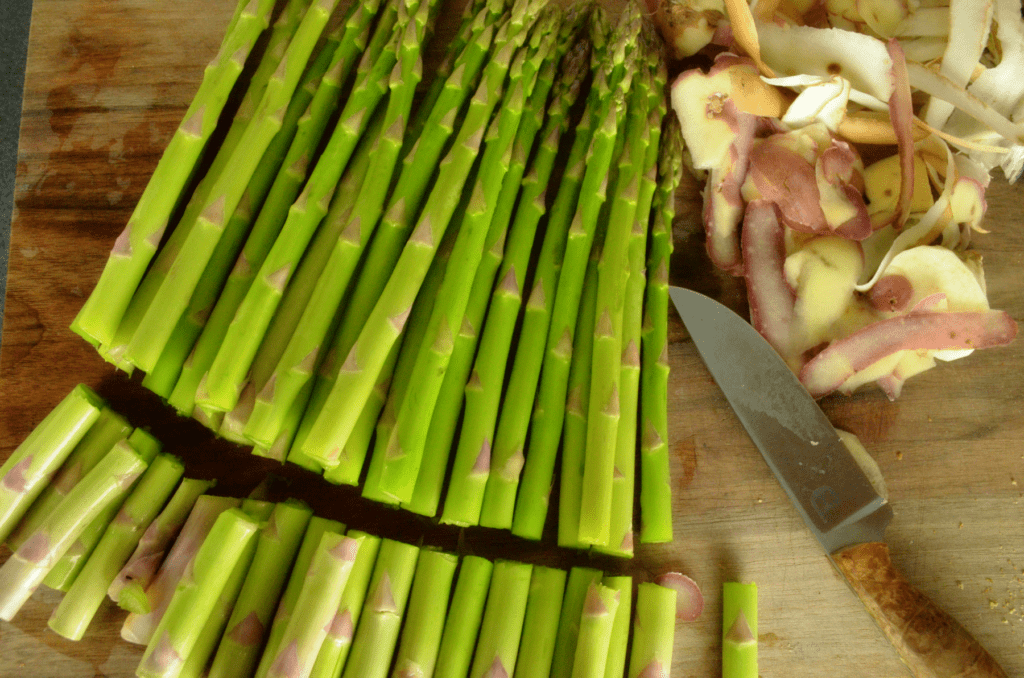
In the study mentioned above, water and detergent were used to clean the boards and they did a spectacular job. I use water with a washcloth unless I’m cutting meat. In that case, I sprinkle the board with salt. Then I let it sit for a minute before scrubbing with water and a washcloth.
Lemon oil or juice can help with odors such as onion and I sometimes add these to the salt. Be aware that to much of an acid or base such as bleach will eat into the wood fibers. I lean towards using lemon oil more than lemon juice.
Remember that with the antibacterial properties of the wood, simple washing, drying and leaving the board to sit for awhile will usually suffice. Let nature do it’s thing.
Convenient Oiling
The best time to oil your wooden cutting board is right before you cook. As you’re getting food out for dinner, take some oil and rub it into the board. You can use a rag, a napkin or even your fingers. Small boards may only need a couple teaspoons while a giant board will take a tablespoon or more. With practice, you’ll figure out the right amount.
Have the right kind of oil?
You probably do. Most unrefined food oils will work. Vegetable oil is not recommended as it won’t protect wood as long as unrefined oils will. I like to use olive oil, butter, avocado oil, or coconut oil because that’s what I have on hand. Beeswax and tallow are also great choices.
There is no need for mineral oil or specialty cutting board oils. Go simple and use oil straight from nature.
Making Your Wooden Cutting Board Last

If you’re like me, going for months without oiling, your board will probably still survive for awhile. Just oil it as soon as you can and start over.
You don’t have to oil it every time you use it. The recurrence in which your board is oiled depends on the amount you use it. Look for the sheen to disappear and the wood to look dull and faded. When it looses it’s sheen you’ll know it’s time to oil it again. This could be in a week if used continuously, or a month if used sparingly. In order to start the rhythm of oiling on a regular basis try doing it once a week for a few weeks so you get used to it. All in all, know it’s not the end of the world if you forget for awhile.
I’d love to hear your thoughts and experiences with wooden cutting boards! Let me know in the comments below.
Thanks for hanging out!
From the Hilltop,
Krista
Other Posts You May Like:
All About Einkorn Flour: What You Need to Know
In My Opinion: The Mockmill 100 Flour Mill
How to Make Einkorn Split Second Cookies
Citations:
https://pubmed.ncbi.nlm.nih.gov/31113021/

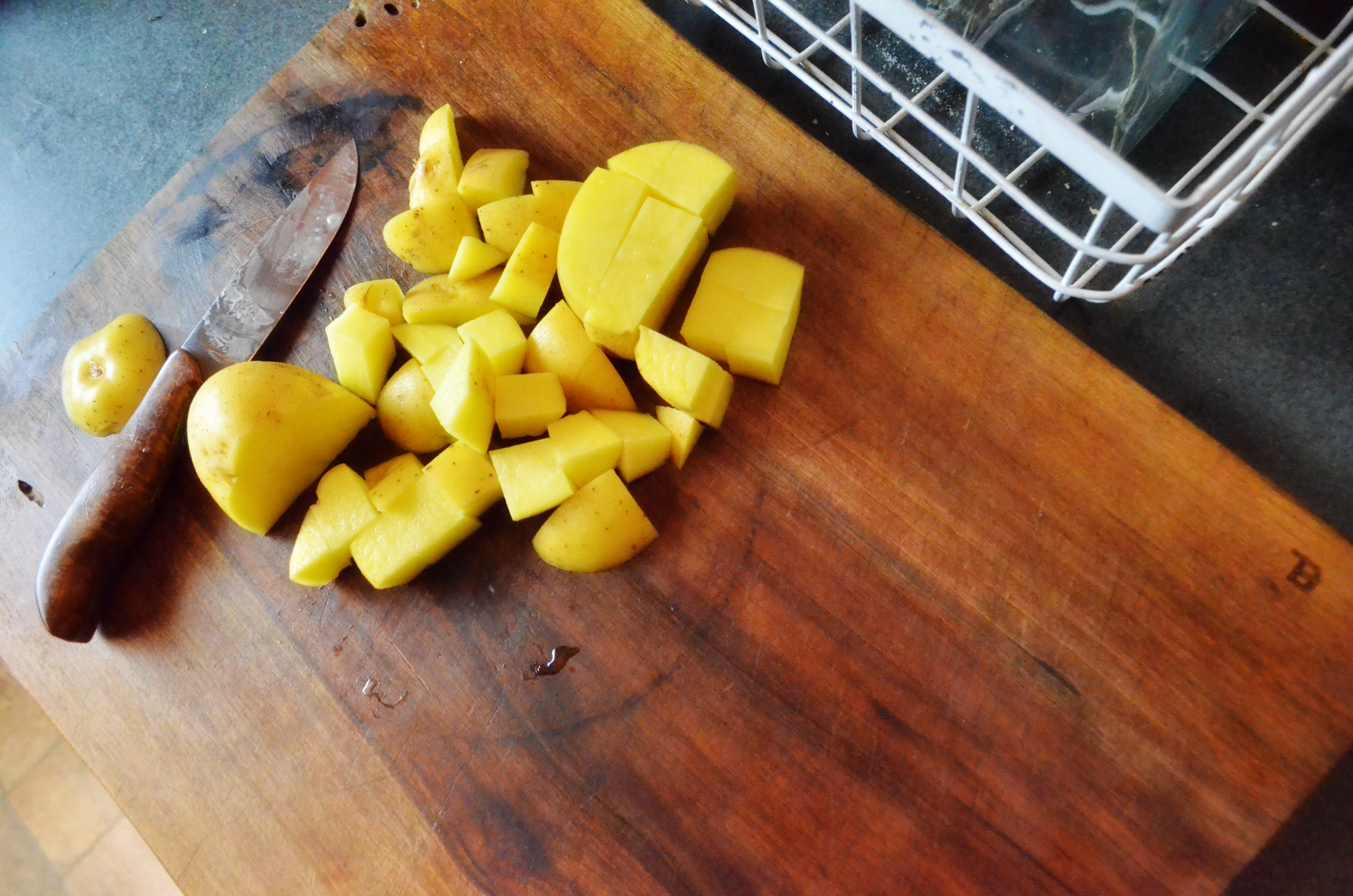
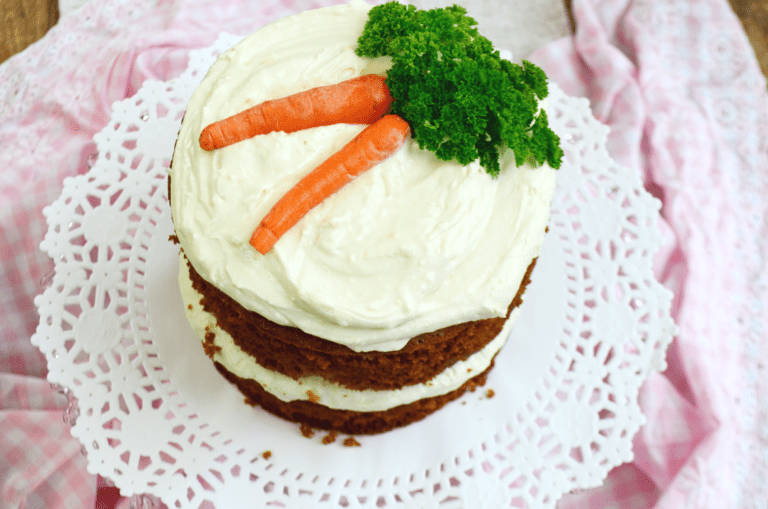
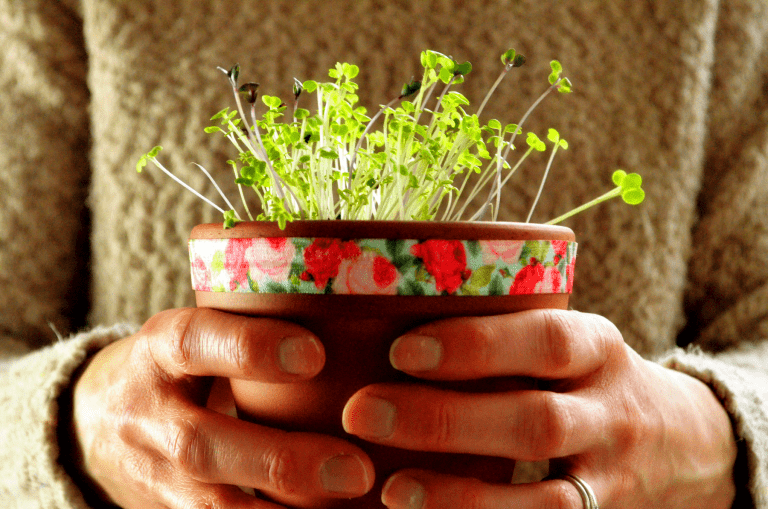


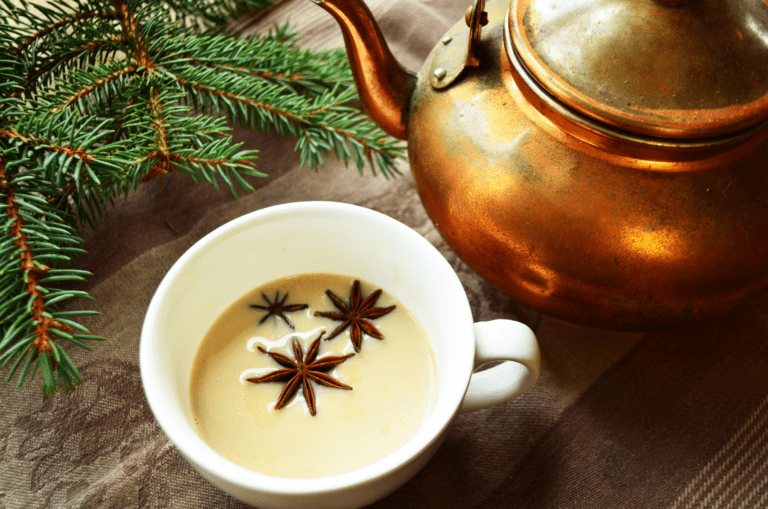
Love this post!! I was just conditioning my wooden cutting boards yesterday!
So glad it inspired you!
This is a great post. I was already on the fence about ditching my plastic cutting boards, but now I am convinced. Thank you for sharing your research and tips about wood cutting boards!
-Hollyn
I’m glad it was good info for you! Sometimes when I research I just can’t help but share 😉